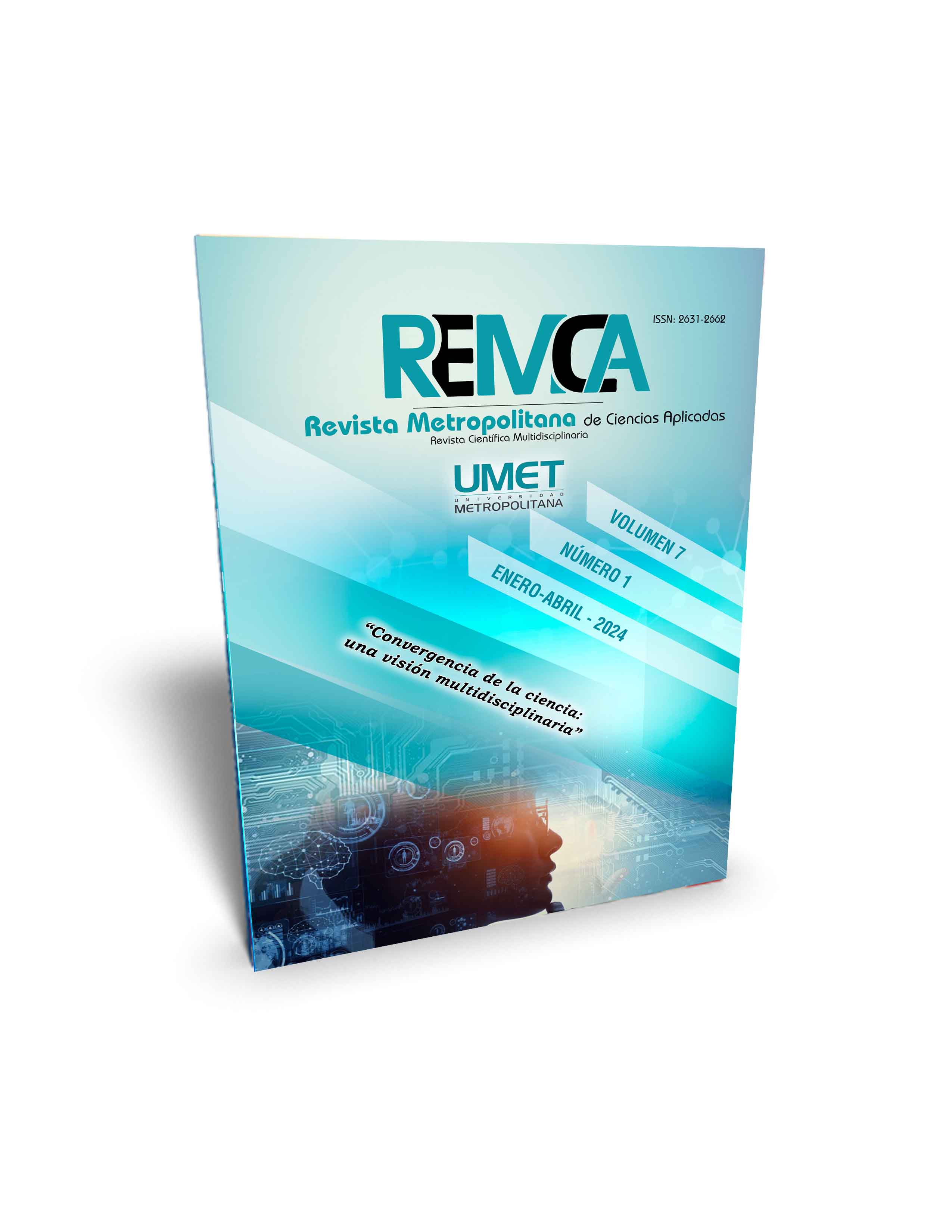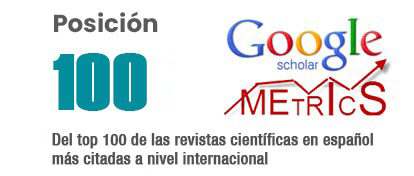Video-assited thoracoscopic surgery: a new approach, less invasive
DOI:
https://doi.org/10.62452/0ka37690Keywords:
VATS, Thoracotomy, carbon dioxide, surgery, thoracoscopyAbstract
The use of video-assisted thoracoscopic surgery (VATS) has spread in recent years, in an unthinkable way, developing and perfecting an arsenal of instruments that are used for all types of endoscopic interventions, allowing the performance of interventions in the thoracic cavity, this research focuses on determining the efficacy and safety of intrapleural carbon dioxide insufflation in video-assisted thoracoscopic surgery applied to thoracic, pleuropulmonary and mediastinal pathologies, in order to reduce morbidity and mortality in patients. The study is prospective, longitudinal and descriptive, with a sample of 200 patients, period January 2014 - June 2017, main outcomes: surgical time, postoperative drainage, hospital stay, mechanical ventilation, complications. The results obtained were: Female gender 51%, Average age 52, VATS 74.5%, Thoracotomy 25.5%, surgical time 120min, Transoperative bleeding 113ml, Hospital stay 3d, Mechanical ventilation 59.10%, Postoperative complications atelectasis 36, 9%, pneumonia 18.1%, emphysema 7.4%. According to the results obtained, it is concluded that the VATS approach is a fast, safe, minimally invasive and highly effective technique in the diagnosis and treatment of patients with pleuropulmonary or mediastinal pathologies.
Downloads
References
Alric, P., Branchereau, P., Berthet, J. P., Léger, P., Mary, H., & Mary-Ané, C. (2002) Video-assisted thoracoscopic sympathectomy for hiperhidrosis. Annals Vascular Surgey, 16(6), 708-713.
Brock, H., Rieger, R., Gabriel, C., Pölz, W., Moosbauer, W., & Necek, S. (2000). Haemodynamic changes during thoracoscopic surgery. Anaesthesia, 55(1), 10-16.
Gallego, J., Carvalho, N., Carvalheiro, C., Ferreira, H., Sena, A., Junqueira, N., Rodrigues, T., & Nobre A. (2017). Use of Co2 video assisted thoracic surgery and single-lumen endotracheal tube – a new less invasive approach. Journal of Thoracic Disease, 9(4), 903-906.
Gutiérrez, E., Ortiz, C., Gómez, J., Duitama, J., Diaz J., Fernández, M., Field, R., García, F., & García C. (2013). Situación Actual de la cirugía video – toracoscópica. Revista Colombiana de Cirugía, 28, 212-22.
Lee, P., Mathur, P. N., & Colt H. (2010). Advances in thoracoscopy: 100 years since Jacobaeus. Respiration, 79(3), 177-86.
López, P. (2002). Complicaciones asociadas al capnoperitoneo en cirugía laparoscópica. Revista Médica Hospital General de México, 65(3), 149-158.
Matthew, J., Passera, E., & Rocco, G. (2016). Overview of uniportal video-assisted thoracic surgery (VATS): past and present. Annals of cardiothoracic surgery, 5(2), 112-117.
Okamura, R., Takahashi, Y., Dejima, H., Nakayama, T., & Uehara, H. (2016). Efficacy and hemodynamic response of pleural carbon dioxide insufflation during thoracoscopic surgery in a swine injury model. Surgery Today. Official Journal of the Japan Surgical Society, 46, 1464-1470.
Rescorla, F., West, K., Gingalewski, C., Engum, S., Scherer, L., & Grosfeld, J. (2000). Efficacy of primary and secondary video – assisted thoracic surgery in children. Journal of Pediatric Surgery, 35(1), 134-138.
Rodríguez, F. (2004). La toracoscopia hoy: indicaciones y procedimiento. Archivo Bronconeumología, 40(6), 49-54.
Vaz de Melo, B., Guedes, F., Siquiera, T., Oliveira, P., & Barroso, M. (2015). Aplication of videothoracoscopy in trauma – experience of a service. Revista Brasilera de Cirugia, 42(5): 295-298.
Yim, A., Ping, H., Wai, T., Wan, S., & Arifi, A. (2000). Needlescopic video-assisted thoracic surgery for palmar hyperhidrosis. European Journal of cardi-thoracic Surgery, 17, 697-701.
Downloads
Published
Issue
Section
License
Copyright (c) 2024 Alexandra Carolina Rodríguez-Solórzano, José Ramón Bousquet-Suárez (Autor/a)

This work is licensed under a Creative Commons Attribution-NonCommercial-ShareAlike 4.0 International License.
Authors who publish in Revista Metropolitana de Ciencias Aplicadas (REMCA), agree to the following terms:
1. Copyright
Authors retain unrestricted copyright to their work. Authors grant the journal the right of first publication. To this end, they assign the journal non-exclusive exploitation rights (reproduction, distribution, public communication, and transformation). Authors may enter into additional agreements for the non-exclusive distribution of the version of the work published in the journal, provided that acknowledgment of its initial publication in this journal is given.
© The authors.
2. License
The articles are published in the journal under the Creative Commons Attribution-NonCommercial-ShareAlike 4.0 International License (CC BY-NC-SA 4.0). The terms can be found at: https://creativecommons.org/licenses/by-nc-sa/4.0/deed.en
This license allows:
- Sharing: Copying and redistributing the material in any medium or format.
- Adapting: Remixing, transforming, and building upon the material.
Under the following terms:
- Attribution: You must give appropriate credit, provide a link to the license, and indicate if any changes were made. You may do this in any reasonable manner, but not in any way that suggests the licensor endorses or sponsors your use.
- NonCommercial: You may not use the material for commercial purposes.
- ShareAlike: If you remix, transform, or build upon the material, you must distribute your creation under the same license as the original work.
There are no additional restrictions. You may not apply legal terms or technological measures that legally restrict others from doing anything the license permits.




